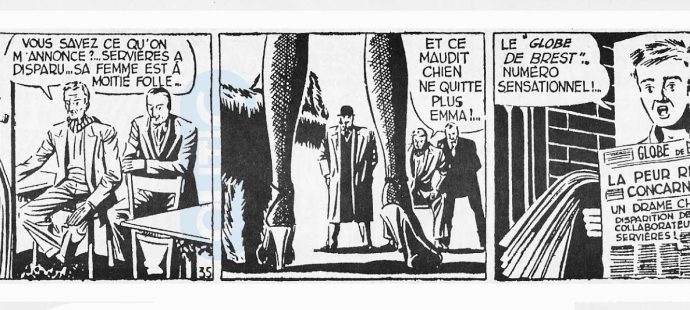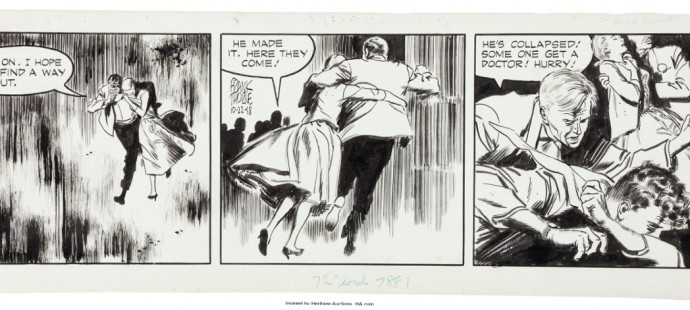
French golden age: Maigret Daily Strips
French golden age: Maigret Daily Strips Il commissario Maigret, titolato solo “Maigret” è stato pubblicato in Francia a strisce giornaliere, dal lunedì al sabato, dal 1950 al 1953, per un ...

French golden age: Maigret Daily Strips Il commissario Maigret, titolato solo “Maigret” è stato pubblicato in Francia a strisce giornaliere, dal lunedì al sabato, dal 1950 al 1953, per un ...

Original screenplays with “built-in audiences,” by comic books, graphic novels. Original ideas for screen/television created by Outisfumetti. contact Monica infoatoutifumetti.com

Xtina Campbell’s soup

Happy New Year 2024

The best comic strip ever Dr. Guy Bennett (as Dr. B.C. Douglas) The author of Dr. Guy Bennett was Dr. Michael Anthony Petti originally of Brockton, MA. He went to ...